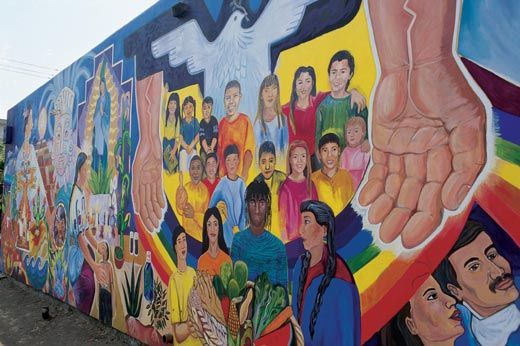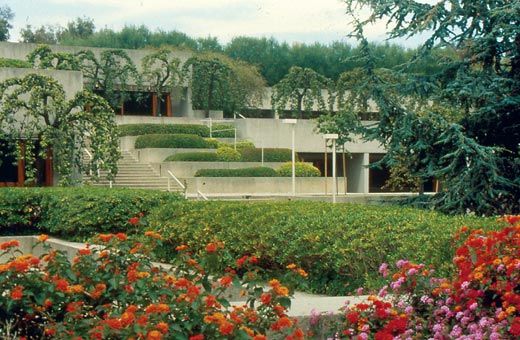Oakland, California
Population: 397,067 (2006 estimate)
Percentage of retirees: 11.3% in 2006
Cost of living index: Substantially above average
Public libraries: 17
Public transportation: Oakland Buses and regional subway
Access to airports: Served by Oakland International Airport, 4 miles south of downtown and linked to by shuttle bus service (AirBART).
Tax breaks: In California, Social Security and Railroad Retirement benefits are exempt. There is a 2.5% tax on early distributions and qualified pensions. All private, local, state and federal pensions are fully taxed.
Number of museums: 11
Number of cinemas: 10
Cultural Highlights: Art scene reflects the city's rich cultural diversity.
Access to Healthcare: Good, with a number of local medical centers and UC Berkeley medical facilities close by.
Climate: Moderate temperatures year-round and much more sun than much of the San Francisco Bay area.
Annual precipitation: 25.2 inches
Cost of Living: About 50 percent above the national average but below that of nearby cities.
Nearby Attractions: Neighboring San Francisco and Berkeley, the Pacific coast and San Francisco Bay in the immediate area, Sonoma Valley and Napa Valley wine countries about an hour's drive.
Useful link: Official Web Site Of The City of Oakland California
In the Know: "It's a happening place. We enjoy going to the farmer's market on the weekends, and we have the choice of three, all within walking distance. The Saturday market is really fun. It's just kind of a nice scene, to take your kids, have a little breakfast, do a little shopping, talk to your neighbors. I think it's the best thing we've ever done, to move to Oakland."
- Dianne Fristrom, retired UC Berkeley genetics researcher
For decades Oakland has been the gritty working-class cousin to nearby San Francisco and Berkeley. It's still not as picture perfect as those two, but it's also more affordable, and it's attracting more and more urban pioneers who understand the city's main attractions—affordability, weather (far more sun and less fog than other Bay locations), great public transportation and a wealth of ethnic diversity, reflected in its cultural fusion of arts and cuisine.
The big push for city planners has been reinventing downtown Oakland. That's thanks to the "10K initiative" announced by high-profile Mayor Jerry Brown in 1999. He wanted to bring 10,000 new residents downtown, and he succeeded. With them have come more restaurants and retail, art galleries and nightlife, all centered on a very 20th-century high-rise-style downtown. Lake Merritt defines the northeast side of downtown, the parks and trails surrounding it creating a green oasis. The Oakland Museum of California is a first-rate history museum. At the south end of downtown, the hotels, restaurants, and shops of popular Jack London Square overlook the Oakland Estuary, and frequent Alameda-Oakland ferries make the run across the bay to San Francisco's Embarcadero in just over 30 minutes. An Amtrak station is serviced by trains headed inland or down the California coast.
The efficient BART subway crisscrosses downtown Oakland as well, making it easy to access the superb Art Deco Paramount Theater, the city's major performance venue and home of the Oakland Symphony, or almost any other major destination in the Bay area.
North of downtown, the charming old neighborhood of Montclair Village occupies the high ground of the Oakland hills, with views of the bay. Its style is decidedly more small town, though it has plenty of upscale restaurants and shops. Another pleasant neighborhood centers around College Avenue, whose two-mile stretch connecting Oakland and Berkeley boasts some 50 restaurants featuring acclaimed local chefs.
Planning Your Next Trip?
Explore great travel deals
Smithsonian magazine participates in affiliate link advertising programs. If you purchase an item through these links, we receive a commission.


